By Abigale Roelke, Museum Volunteer | Published: May 6, 2025
If you take a stroll through Bend’s Ponderosa forests this time of year, you’ll find yourself in the beginning of spring bird migration. Lots of sounds, singing, fluttering, and chatter. The High Desert Museum is no different with a variety of colorful and unique wild birds migrating our way.
On Saturday, May 10, the High Desert Museum will host a bird watching event where Museum staff and volunteers help birders of all ages listen and look for our local feathered friends. Jon Nelson, Curator of Wildlife at the Museum, explained that the event is a chance for anyone to learn about and appreciate the wild birds that share the land with us.
Of course, every day is a day for the birds! Bring your binoculars, and a keen ear, and hopefully you can get a glimpse of these five wild birds at the Museum.
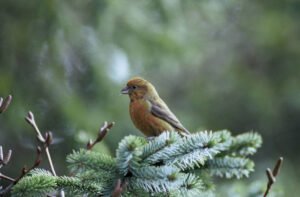
Red Crossbills
Red crossbills are quite chatty, according to Nelson. Listen for a sharp metallic call in the woods, which are most often sung during flight. If you spot one, males display a more vibrant rust-red hue while females have faint yellows and browns in their plumage.
These striking birds use their crisscross bills to crack open pinecones. Red crossbills are able to push back the scales on pinecones and use strong muscles to bite into the cone’s seed, their favorite food.
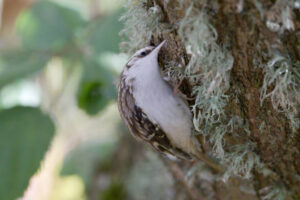
Brown Creepers
What is so creepy about brown creepers? Nothing really. They just have a unique feeding behavior.
Brown creepers use a decurved bill to act as a probe while searching for insects in tree bark. A long tail acts as support as they begin their hunt for food. Creepers start at the base of a tree, hook their claws into the bark, and “creep” up the tree, meticulously searching for insects. Once they are satisfied with their search and have reached a high branch, they glide down to the base of another tree and start all over again.
Other brown creepers not in the Pacific Northwest have a more drastic contrast of black, brown, and white mottling over their body, but the High Desert’s brown creepers have a more even brown and white tone, helping them blend in with the forest’s dense vegetation and shady areas.
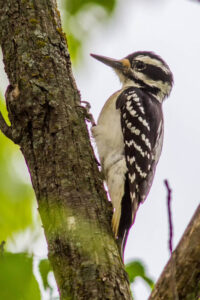
Hairy Woodpecker
With stark contrast in brown and white feathers with a vibrant red spot on the back of their head, it’s hard to believe that these birds blend in with their environment. The brown and white striping on their feathers serve as camouflage in light-dappled forests, while males have a brilliant red marking to court females. Females, however, lack the red marking.
Hairy woodpeckers in the Pacific Northwest are more muted brown and white, versus the typical black and white look most hairy woodpeckers sport.
The hairy woodpeckers’ chisel-like bill hammers away at bark to find delicious insects. If you see one in flight, look closely for their undulating flight pattern, caused by their short wings that allow them fast bursts of speed to maneuver through dense forests.
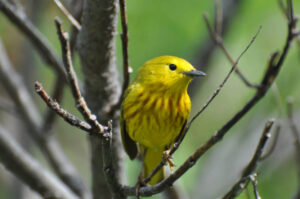
Warbler
Warblers are a common find this spring, but between the orange-crowned warbler, the Wilson’s warbler, and the yellow warbler, they can be confusing to distinguish.
Pull out the binoculars for the orange-crowned warbler, as they have a faint orange hue on the top of their head when their feathers are lifted. Yellow warblers are vibrant yellow all throughout, and the Western Wilson’s warblers have a brighter yellow coloration with males sporting a black cap on the top of their head.
Don’t search too high when aiming to find these quiet birds, though. They will most likely be found in the understories of the forest, scrounging up bugs in the foliage of shrubs, said Nelson.
Rufous Hummingbird
Tiny bird, massive attitude. These high calorie-burning birds are quite aggressive and territorial. Unlike Anna’s hummingbird, which stays in Oregon year-round, the Rufous hummingbird will migrate thousands of miles from Mexico to the upper Pacific Northwest.
Proboscis-like bills allow hummingbirds to eat nectar from plants, but the Rufous hummingbird occasionally eats insects or spiders.
Adult males have bright red iridescent feathers, especially on their throat. Females have a muted green coloration and a faint orange spot on their throat.
World Migratory Bird Day
Coincidentally, May 10 is also World Migratory Bird Day. But protecting birds can be an easy and everyday practice. How do we make sure we don’t have any silent springs in our future? As we navigate sharing the natural world with wildlife, we can make sure we limit factors that contribute to habitat and food source loss.
Planting native vegetation, turning your lights off or dimming them, using window reflectors, buying sustainable products, and being cautious with the use of pesticides can help bird populations. We can celebrate birds with fun birding activities in every season, all while protecting wildlife and letting birds be birds.
Abigale Roelke is a scientific communicator focusing on wildlife biology and environmental health concerns. She is a volunteer at the High Desert Museum.
Photos courtesy U.S. Fish and Wildlife Service


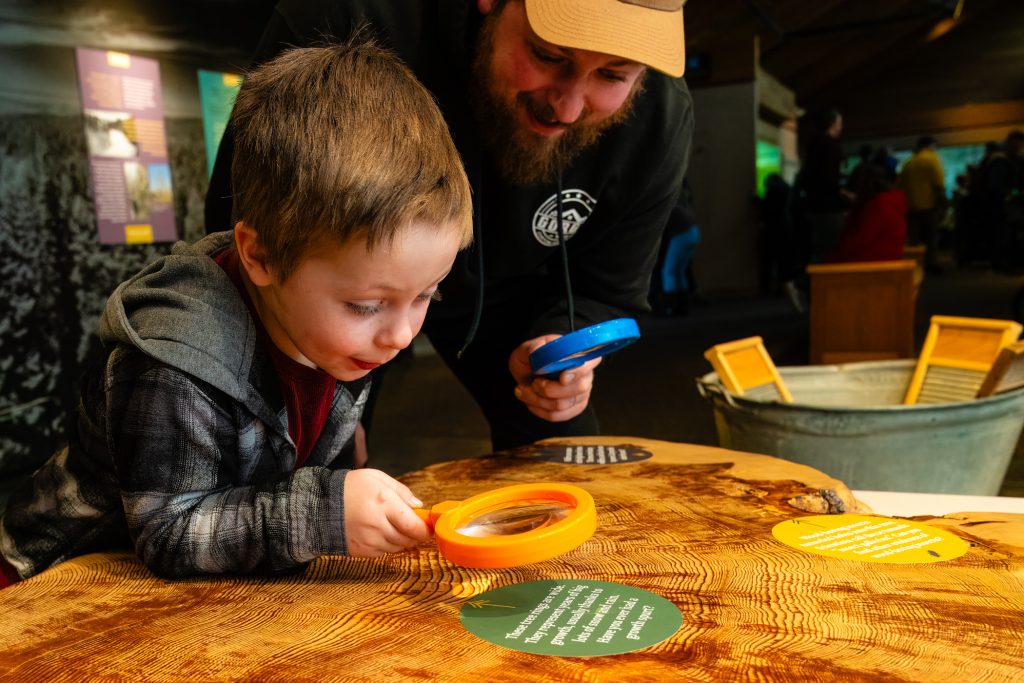

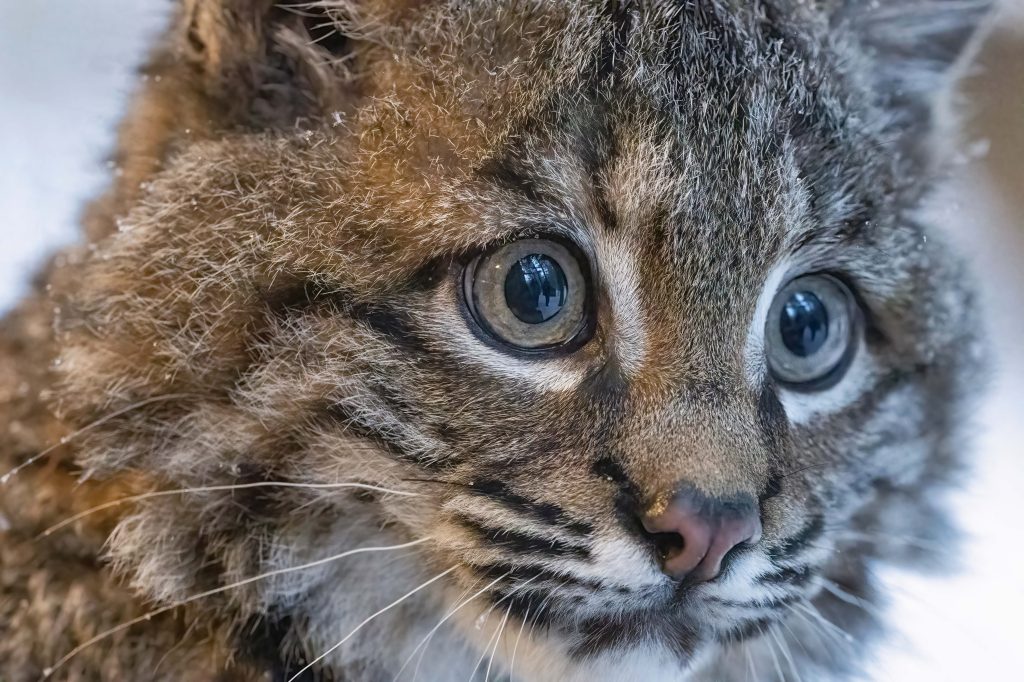
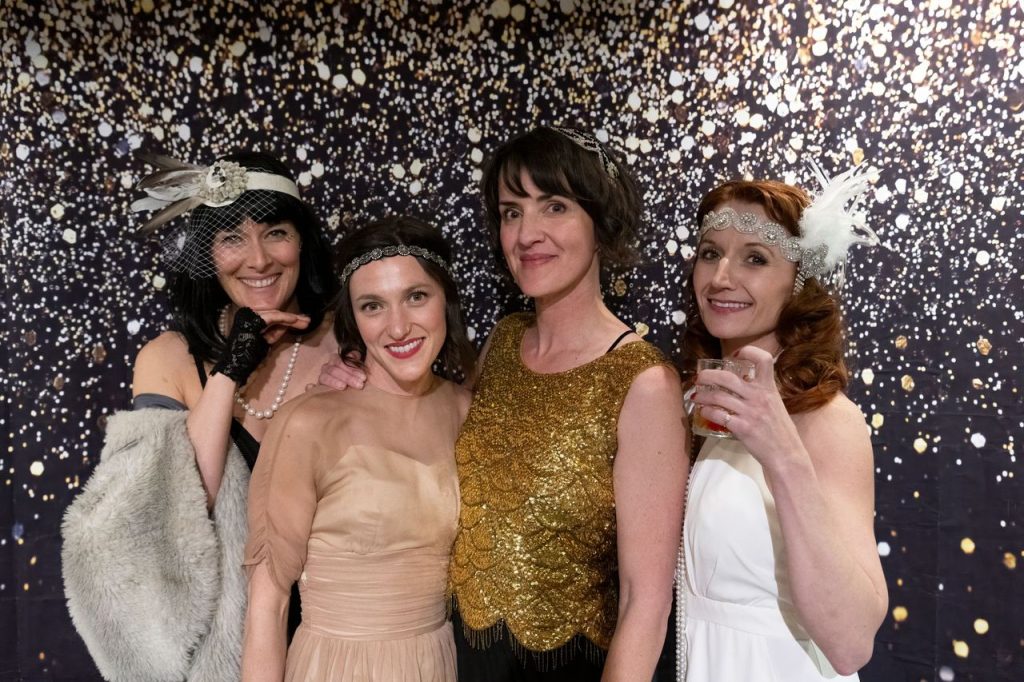
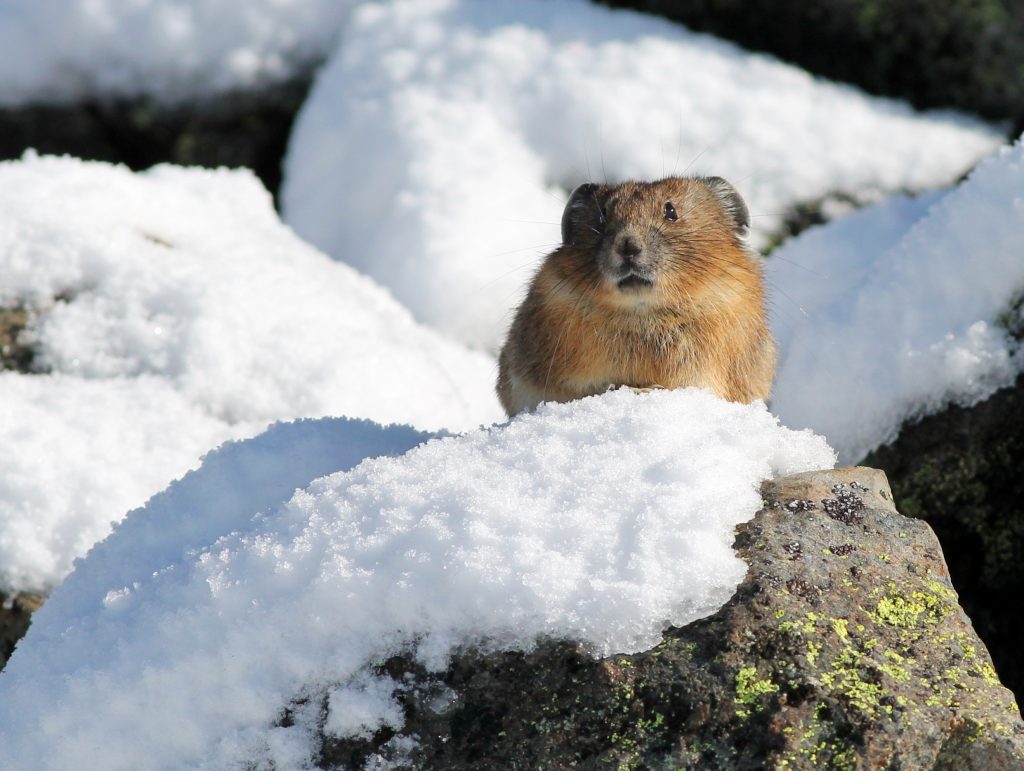
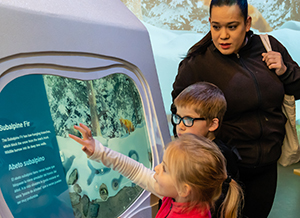
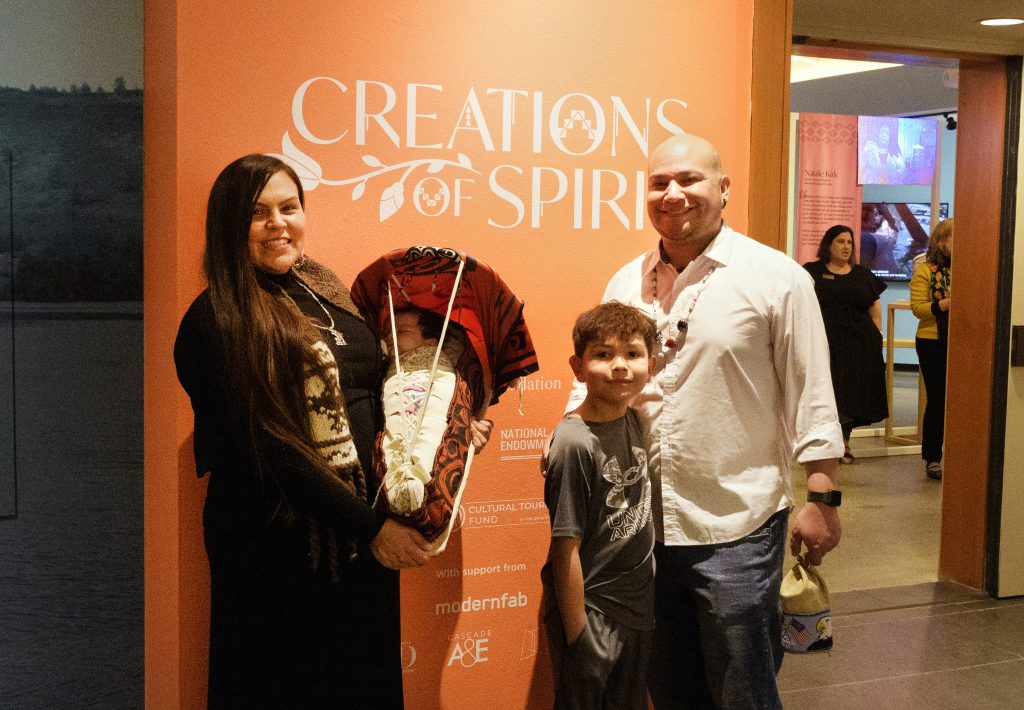
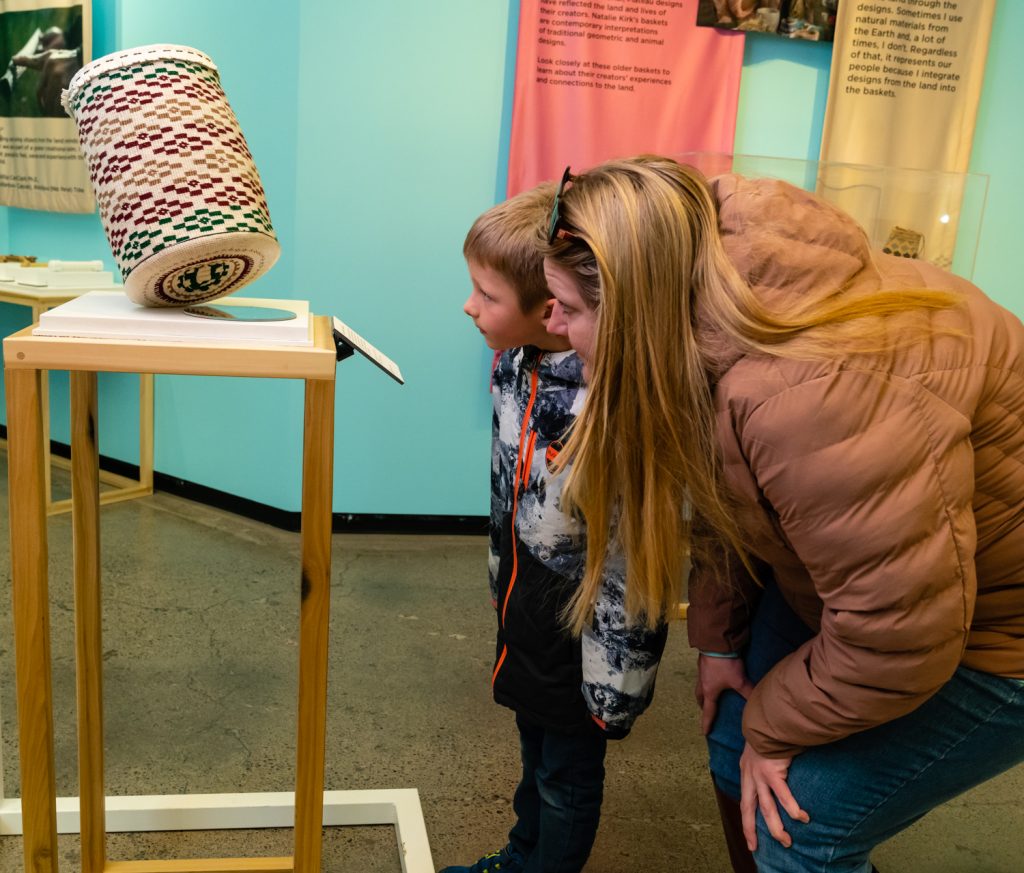
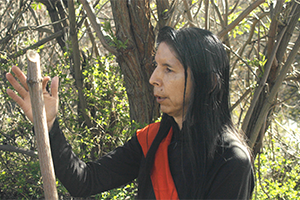
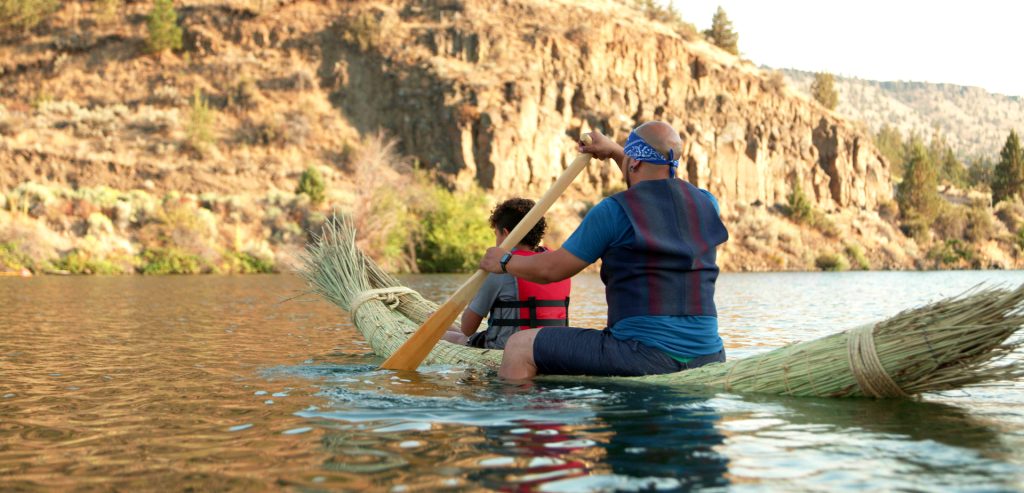 In the exhibition, immersive videos, photographs and quotes will convey the stories of this artwork through the voices of Plateau artists. An interactive installation by RYAN! Feddersen (Confederated Tribes of Colville Reservation) will offer a chance to create your own design on a large Plateau basket. Alongside these works, the exhibition will feature cultural items from the collection at the High Desert Museum. We are also working with the Smithsonian’s National Museum of American Indian to bring Plateau cultural items from Washington, D.C. to the Museum for the exhibition.
In the exhibition, immersive videos, photographs and quotes will convey the stories of this artwork through the voices of Plateau artists. An interactive installation by RYAN! Feddersen (Confederated Tribes of Colville Reservation) will offer a chance to create your own design on a large Plateau basket. Alongside these works, the exhibition will feature cultural items from the collection at the High Desert Museum. We are also working with the Smithsonian’s National Museum of American Indian to bring Plateau cultural items from Washington, D.C. to the Museum for the exhibition.

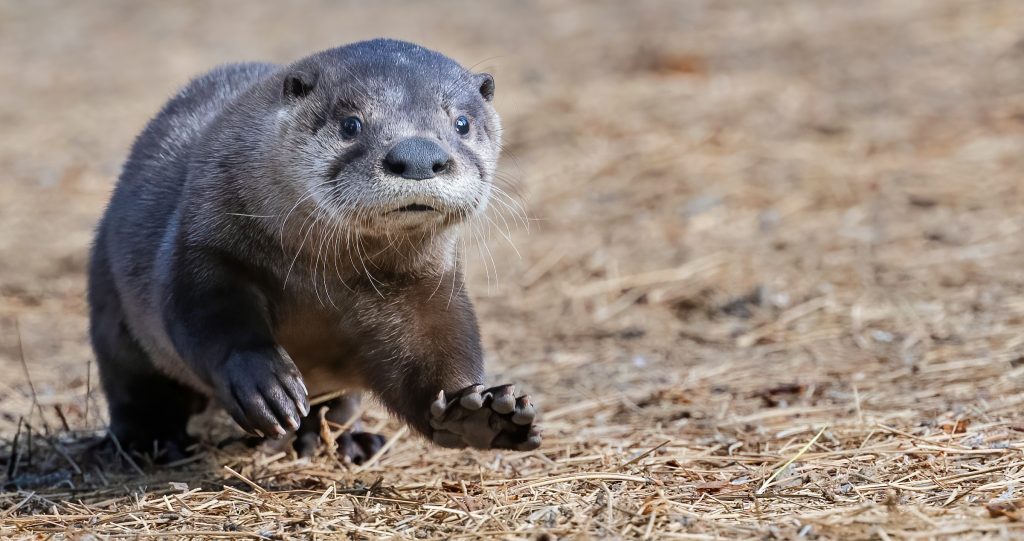
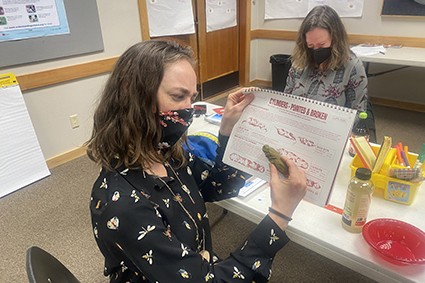 Working at the High Desert Museum always brings the unexpected, from photographing a river otter to donning attire from 1904. Recently, I walked into a classroom and found a group of adults laser-focused on making scat.
Working at the High Desert Museum always brings the unexpected, from photographing a river otter to donning attire from 1904. Recently, I walked into a classroom and found a group of adults laser-focused on making scat.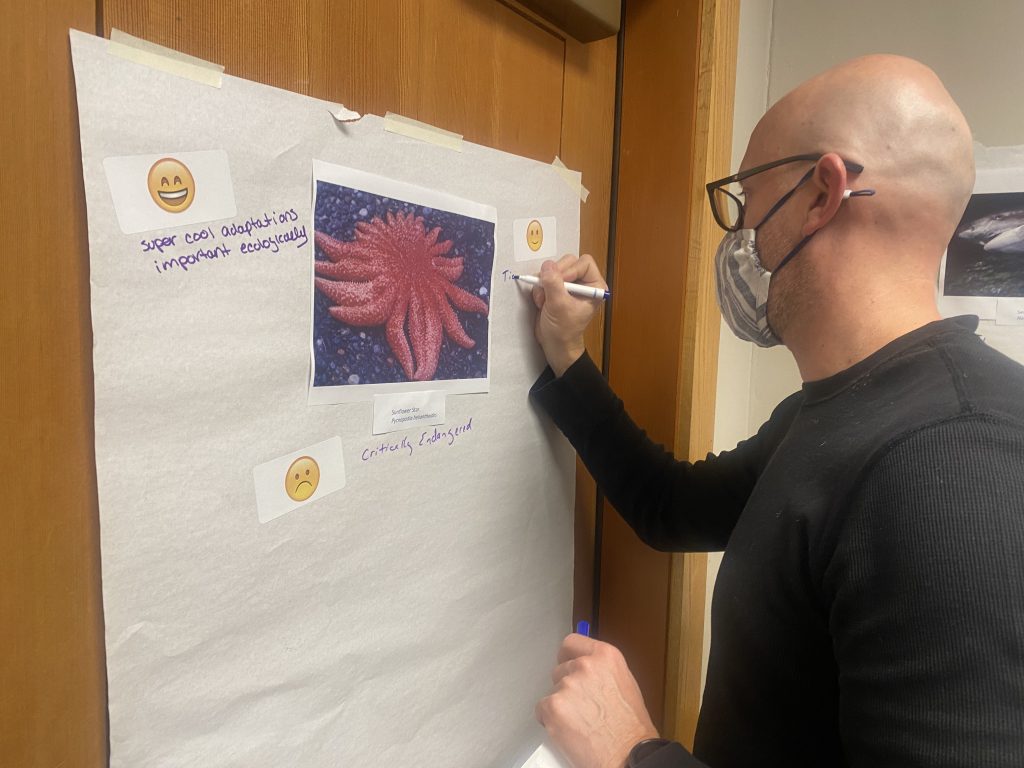 Another activity included in the workshop was aimed at transforming a person’s negative perception of a particular animal in the wild. Different creatures were labeled by the group with emojis, followed by a discussion on the animal’s role in their ecosystem. Through limited exposure, someone may have a negative perception of a wolf, but after learning about their role in keeping a balanced habitat, that perception may change.
Another activity included in the workshop was aimed at transforming a person’s negative perception of a particular animal in the wild. Different creatures were labeled by the group with emojis, followed by a discussion on the animal’s role in their ecosystem. Through limited exposure, someone may have a negative perception of a wolf, but after learning about their role in keeping a balanced habitat, that perception may change. 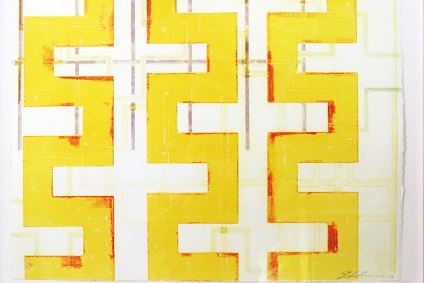

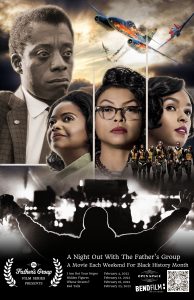 The Father’s Group
The Father’s Group